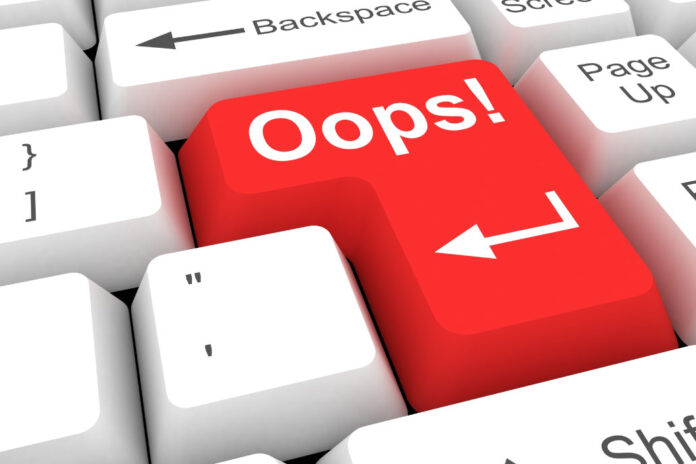Lançar um novo produto é sempre um desafio, especialmente em mercados cada vez mais competitivos. Desde a concepção até a chegada ao consumidor final, erros estratégicos podem comprometer meses de trabalho e altos investimentos. Rafael Ribas, especialista em marketing de produto, explica que falhas comuns no processo de lançamento muitas vezes estão relacionadas à falta de planejamento adequado e à desconexão com as reais necessidades do público-alvo. “O mercado está saturado de ideias promissoras que fracassam por descuidos básicos. Corrigir esses erros é essencial para garantir o sucesso de um lançamento”, afirma.
Um dos erros mais frequentes, segundo Ribas, é minimizar a importância de pesquisas de mercado e testes com usuários. Muitos produtos chegam ao público sem uma análise concreta da demanda ou do comportamento do consumidor. “Empresas apostam em ideias que parecem brilhantes internamente, mas não têm valor percebido pelos clientes”, explica. Para evitar isso, ele recomenda estudos detalhados sobre a proposta de valor e prototipagem com feedback real dos potenciais usuários.
Outro ponto crítico é a definição inadequada da persona, o perfil ideal do consumidor. Rafael destaca que não entender os interesses, necessidades e hábitos do público pode levar a estratégias de marketing e comunicação desconectadas. “Um posicionamento mal feito é como falar com a pessoa errada no momento errado”, alerta. A solução é construir um perfil detalhado do cliente ideal e ajustar o produto e as campanhas a essas características.
Ribas também menciona o impacto negativo de negligenciar métricas e acompanhamento de desempenho durante e após o lançamento. Sem indicadores claros, como taxas de conversão e custo de aquisição de clientes (CAC), as decisões empresariais ficam baseadas em suposições. “Acompanhar dados em tempo real é crucial para corrigir o rumo rapidamente, caso algo saia do planejado”, reforça. Além disso, um plano de contingência ajuda a lidar com imprevistos, como vendas acima ou abaixo da expectativa.
Outro erro comum é o medo excessivo de falhar, que muitas vezes impede o lançamento no momento ideal. Rafael explica que, em mercados ágeis, o timing é tudo. “Se você demorar demais, a concorrência pode lançar algo semelhante antes de você. Errar faz parte do processo, mas o aprendizado é o que define o sucesso futuro”, observa.
Para Ribas, o segredo de um lançamento bem-sucedido está no equilíbrio entre planejamento estratégico, flexibilidade e adaptação. Com um mercado cada vez mais dinâmico, ele conclui: “Mais do que lançar um produto, é sobre entregar valor ao cliente e estar preparado para evoluir junto com ele”.


